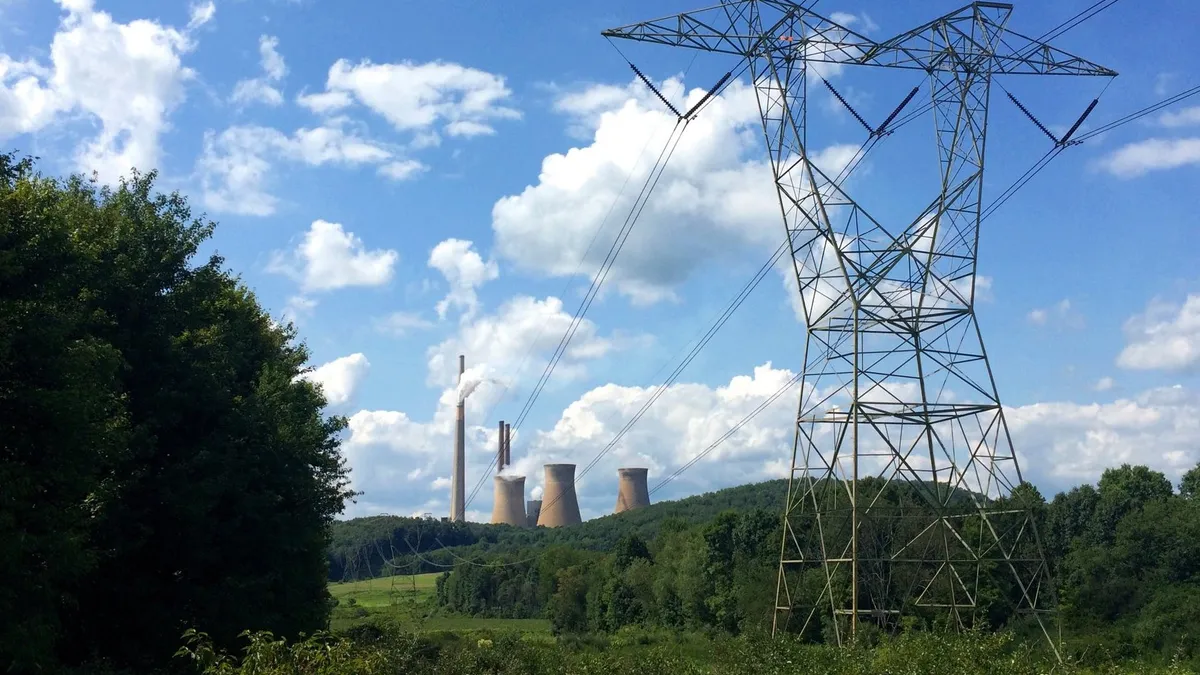One of the great speculations about the Western grid has been tested and proved true.
A new report shows the just-initiated energy imbalance market (EIM) linking the California grid and the seven state Pacificorp system saved almost $6 million in its first two months. The market allows utilities to trade energy from a significantly larger area to balance out supply and demand fluctuations.
“It is very encouraging that some of the predictions and expectations of what this was supposed to do are materializing,” said California Independent System Operator (CAISO) Vice President Mark Rothleder.
The new EIM demonstrates the West’s fiercely independent balancing areas will profit through an automated but unobligated sharing of resources to meet momentary supply-demand fluctuations.
CAISO’s recently released analysis, "Benefits for Participating in EIM; 2014 Q4 Report," finds that the estimated gross benefits from the first two months of EIM's existence are $5.97 million and “reflects EIM’s ability to select the lowest cost resource across the PacifiCorp and ISO [balancing authority areas] to serve demand.”
Pacificorp is owned by Warren Buffett’s Berkshire Hathaway Energy. Pacific Power (PACW), its western arm, serves electricity customers in Oregon, Washington, Idaho, Wyoming, Montana, and California. Rocky Mountain Power (PACE), its eastern arm, serves Utah, Idaho, and Wyoming.
“An EIM allows grid operators to net out their differences,” explained American Wind Energy Association Research Director Michael Goggin. “A utility in one state has an increase in demand and a utility in a neighboring state has an increase in wind output. It would increase efficiency if they could exchange and net out the differences. That reduces the need for flexibility and reserves on the system.”
Reducing any one balancing authority’s use of flexibility and reserves sharply cuts costs for the grid operator because those are a power system’s highest-priced needs.
“We are seeing transfers of economic energy,” Rothleder said. “The EIM is making use of the transfers to optimize the resource mix to meet the combined area’s imbalance needs.”
Results of the first two months
Preliminary estimates for November and December 2014 show Pacificorp sent 180,786 megawatt-hours (MWh) to CAISO and received 27,361 MWh. In the transfers, CAISO saved $1.24 million, PACE saved $2.31 million, and PACW saved $2.42 million.
The savings demonstrate the EIM’s 15-minute marketplace automated optimization system can accurately “select the lowest cost resource across the PacifiCorp and ISO balancing authority areas to serve demand,” the report concludes.
The study that drove the creation of the two-system EIM assumed benefits would be shared equally, Rothleder said. “But it was recognized the ultimate accrual of benefits could change by season and flow direction.” With only two months of data, it is premature to conclude this will be the regular ratio of savings between the systems, he added.
More importantly, the direction of the transfers is consistent with the economics, Rothleder said. ”We are actually decreasing the overall dispatch cost by accessing more economic transfers in real time.”
Transfers are taking place at up to 421 megawatts (MW) per 15-minute interval between the PACW and the CAISO, at up to 220 MW per interval from the CAISO to PACW, and at up to 200 MW per interval from PACE to PACW. “We probably saw levels that approached that maximum transfer limit at times,” Rothleder said.
Renewables: Oversupply and curtailment
Another predicted benefit realized in the EIM’s first two months was the reduced curtailment of renewables. Data is incomplete because it is impossible to know what would have happened if there was no EIM, but the evidence is telling.
“We know there were times in November and December when there were negative prices in California, most often around midday on the weekends,” Rothleder explained. That meant an oversupply. But instead of a renewables generator being “economically dispatched down” (i.e., voluntarily cutting output to avoid being sold at the lower prices), the resources were transferred to Pacificorp markets.
“There was not necessarily an avoided manual curtailment although we may have prevented the need to do that or to economically dispatch down,” Rothleder said.
An important takeaway from observing EIM operations and other supply-demand factors is that oversupply conditions in California are likely to appear first “in the springtime, on weekends, at midday rather than off-peak hours, and then spread to other seasons,” Rothleder said.
While California’s renewables mandate remains at 33%, there will likely not be oversupply in the summer. “If you look forward to a 40% and 50% [mandate]," he said, "depending on the mix of resources and what other mechanisms are in place, like regional coordination or storage playing a role, this pattern could spread to other parts of the year.”
Much was learned in the EIM’s first two months that will make it easier to bring in NV Energy late this year, Rothleder said. Lessons included the operation of an automated 5-minute marketplace, how to do transfers and manage flow-gate-flows across a neighboring non-participating system like the Bonneville Power Authority (BPA), and how to train new operators.
A West-wide EIM?
“Big picture, this is transformational, not just for Paciificorp and the ISO but it has generated a lot of discussion in the rest of the West and opened up new lines of communication,” Rothleder said.
The success is unlikely to impede opposition from the American Public Power Association (APPA) to a West-wide EIM among the region’s 38 balancing area authorities.
APPA is concerned about the “strong potential for an EIM to lead to a Western Regional Transmission Organization (RTO),” according to Electric Market Reform Initiative Manager Elise Caplan. RTOs, under federal jurisdiction, “have been highly problematic in the eastern part of the country.”
APPA resistance is likely to continue despite the CAISO report’s direct refutation of the claim in APPA’s resolution on the EIM that “cost/benefit studies done to date have not clearly demonstrated the value of an EIM to consumers.”
Advocates insist a West-wide energy imbalance market would be a balancing mechanism and would not lead to RTO obligation.
“It is inaccurate to say that NV Energy is joining the ISO’s EIM,” CAISO Senior Public Information Officer Steven Greenlee stressed. “It is voluntary participation. NV Energy can use the EIM as it needs it. It is not obligated.”






















